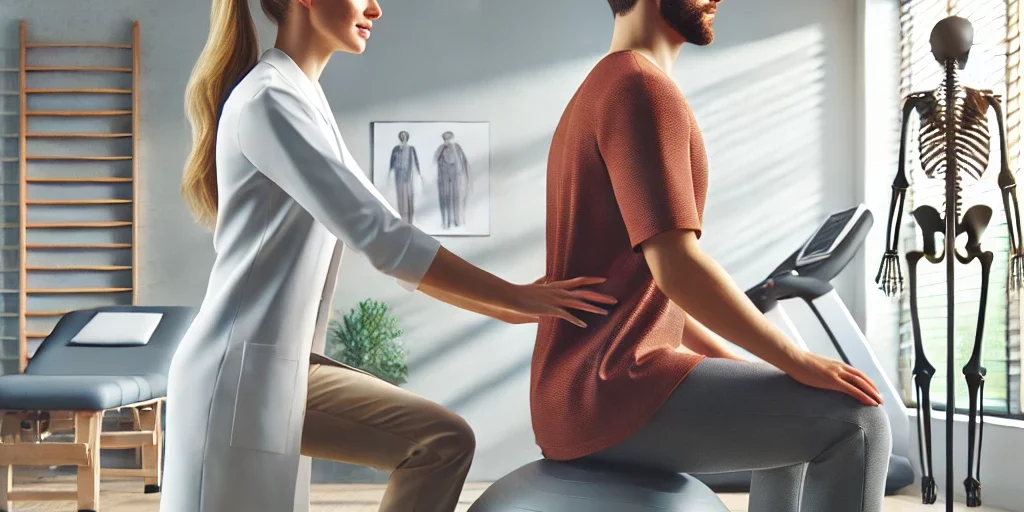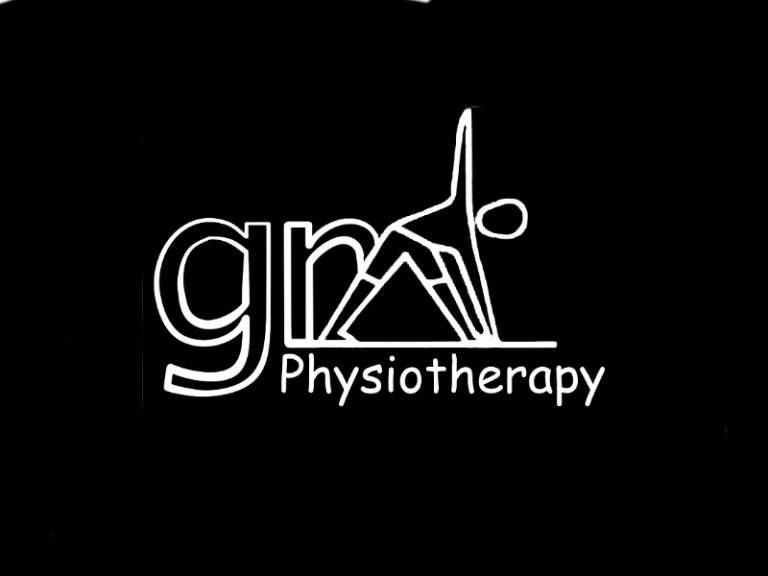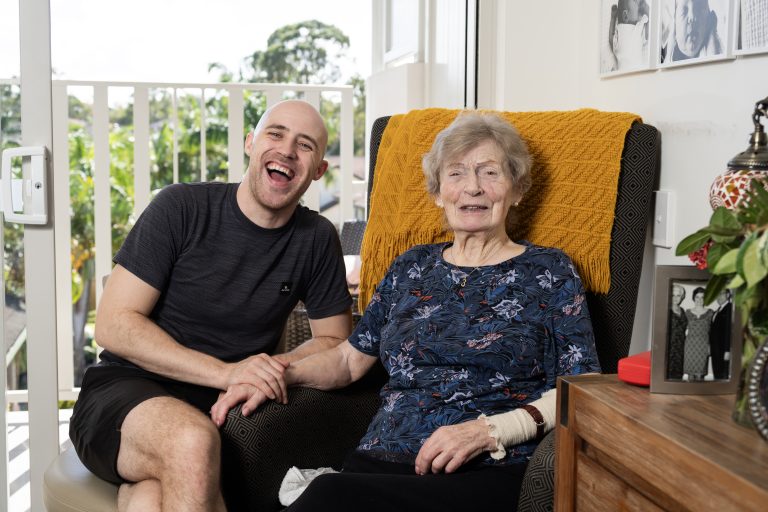Sciatica is a common yet often misunderstood condition that affects millions of people worldwide. It occurs when the sciatic nerve, the largest nerve in the body, becomes irritated or compressed. This nerve originates in the lower back, branches through the hips and buttocks, and extends down each leg. Because of its extensive reach, sciatica can cause pain and discomfort anywhere along this pathway, though it typically affects only one side of the body. Understanding the causes, symptoms, and treatment options for sciatica is crucial for managing the condition effectively and improving quality of life.
What Causes Sciatica?
Sciatica is not a condition in itself but a symptom of an underlying problem affecting the sciatic nerve. The most common cause is a herniated or slipped disc in the spine, which puts pressure on the nerve root (Delitto et al., 2012). Other potential causes include:
Spinal Stenosis: Narrowing of the spinal canal, which can compress the sciatic nerve (Deyo & Weinstein, 2001).
Piriformis Syndrome: Tightness or spasms in the piriformis muscle, located in the buttocks, which can pinch the sciatic nerve.
Spondylolisthesis: A condition where one vertebra slips over another, potentially compressing the nerve.
Injury or Trauma: A fall, car accident, or other injury can lead to sciatica by damaging the spine or surrounding tissues.
Prolonged Poor Posture: Sitting for long periods, especially with poor posture, can contribute to nerve irritation.
Symptoms of Sciatica
Sciatica presents differently in each individual, but the most common symptom is pain that radiates from the lower back, through the buttocks, and down the back of the leg. The pain can vary widely, from a mild ache to a sharp, burning sensation. In some cases, the pain can be severe enough to make standing or walking difficult. Other symptoms include:
Tingling or “Pins and Needles” Sensation: Often felt in the legs or feet.
Numbness: Loss of sensation in the affected leg or foot.
Muscle Weakness: Difficulty in moving the affected leg or foot.
Worsening Pain with Certain Activities: Sitting for long periods, bending, or twisting can aggravate the pain (Sharma et al., 2021).
While sciatica can be debilitating, most cases resolve within a few weeks with proper treatment. However, persistent or worsening symptoms may indicate a more serious underlying issue, requiring medical intervention.
How Is Sciatica Diagnosed?
Diagnosing sciatica typically begins with a detailed medical history and physical examination. Your healthcare provider will ask about your symptoms, their onset, and what activities exacerbate or relieve the pain. Physical tests may include:
Straight Leg Raise Test: Lifting your leg while lying flat to see if this triggers pain.
Neurological Exam: Checking reflexes, muscle strength, and sensation in the legs (Hahne et al., 2010).
In some cases, imaging tests like X-rays, MRIs, or CT scans may be needed to pinpoint the exact cause of nerve compression, such as a herniated disc or spinal stenosis.
Physiotherapy for Sciatica
Physiotherapy is one of the most effective ways to manage and treat sciatica. A physiotherapist will develop a personalized treatment plan tailored to your specific condition and symptoms. Here’s what a typical physiotherapy approach might include:
Pain Relief Techniques
Initial treatment often focuses on relieving pain and reducing inflammation. Techniques like heat therapy, cold packs, or transcutaneous electrical nerve stimulation (TENS) may be used to ease discomfort (Furlan et al., 2008).
Targeted Exercises
Exercise is a cornerstone of sciatica treatment. A physiotherapist will guide you through a series of gentle stretches and strengthening exercises designed to improve flexibility and reduce pressure on the sciatic nerve. Key exercises may target the lower back, core, and hip muscles, helping to support the spine and prevent future flare-ups (Qaseem et al., 2017).
Manual Therapy
Manual therapy involves hands-on techniques, such as massage and joint mobilization, to release muscle tension and improve blood flow. This can help reduce pain and promote healing in the affected area (Van Tulder et al., 1997).
Posture and Ergonomics Advice
Poor posture and ergonomics can contribute to sciatica, especially for those who sit for extended periods. Your physiotherapist will assess your posture and offer practical advice on sitting, standing, and lifting techniques to minimize strain on your lower back.
Gradual Return to Activity
Staying active is crucial, even when dealing with sciatica. Physiotherapy helps you safely return to normal activities and prevent deconditioning, which can exacerbate the condition.
Other Treatment Options
In addition to physiotherapy, other treatments may be recommended depending on the severity of your symptoms. These can include:
Medications: Over-the-counter pain relievers, anti-inflammatory drugs, or muscle relaxants can help manage symptoms.
Steroid Injections: In some cases, corticosteroid injections may be administered to reduce inflammation around the nerve.
Surgery: For severe cases of sciatica that don’t respond to conservative treatments, surgical options like a discectomy or laminectomy may be considered.
Preventing Sciatica
Once your sciatica improves, preventing future episodes is key. Regular exercise, maintaining a healthy weight, and practicing good posture can all help keep your spine healthy. Additionally, being mindful of how you lift heavy objects and avoiding prolonged periods of sitting can reduce your risk of sciatica recurrence.
Conclusion
Sciatica can be a painful and disruptive condition, but with the right treatment and preventive strategies, most people can recover fully and avoid future episodes. Physiotherapy offers a comprehensive approach to managing sciatica by addressing its root cause, alleviating pain, and restoring mobility. If you’re struggling with sciatica, don’t hesitate to seek professional help to get back to living pain-free and active.
References
Delitto, A., George, S. Z., Van Dillen, L. R., et al. (2012). Low Back Pain. Journal of Orthopaedic & Sports Physical Therapy, 42(4), A1-A57. https://doi.org/10.2519/jospt.2012.0301
Hahne, A. J., Ford, J. J., & McMeeken, J. M. (2010). Conservative management of lumbar disc herniation with associated radiculopathy: A systematic review. Spine, 35(11), E488-E504. https://doi.org/10.1097/BRS.0b013e3181cc3f56
Deyo, R. A., & Weinstein, J. N. (2001). Low back pain. New England Journal of Medicine, 344(5), 363-370. https://doi.org/10.1056/NEJM200102013440508
Sharma, S., Traeger, A. C., Edwards, J., et al. (2021). Non-invasive treatments for sciatica: A systematic review and network meta-analysis. The Lancet Rheumatology, 3(8), e532-e543. https://doi.org/10.1016/S2665-9913(21)00113-4
Qaseem, A., Wilt, T. J., McLean, R. M., et al. (2017). Noninvasive treatments for acute, subacute, and chronic low back pain: A clinical practice guideline from the American College of Physicians. Annals of Internal Medicine, 166(7), 514-530. https://doi.org/10.7326/M16-2367
Van Tulder, M. W., Koes, B. W., & Bouter, L. M. (1997). Conservative treatment of acute and chronic nonspecific low back pain: A systematic review of randomized controlled trials of the most common interventions. Spine, 22(18), 2128-2156. https://doi.org/10.1097/00007632-199709150-00012
Furlan, A. D., Imamura, M., Dryden, T., & Irvin, E. (2008). Massage for low-back pain: A systematic review within the framework of the Cochrane Collaboration Back Review Group. Spine, 33(16), 1838-1849. https://doi.org/10.1097/BRS.0b013e31817bd





 Back to all posts
Back to all posts

